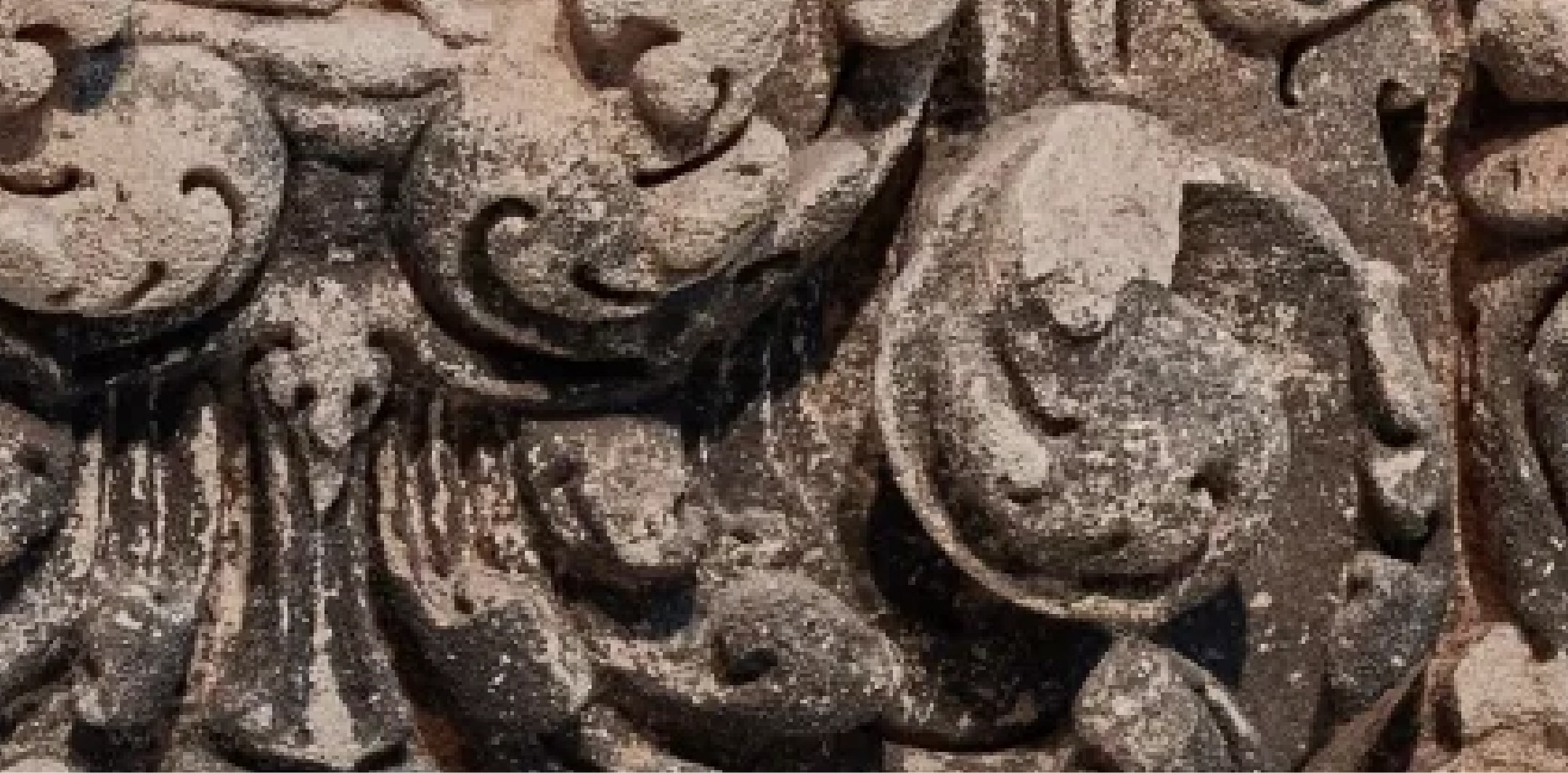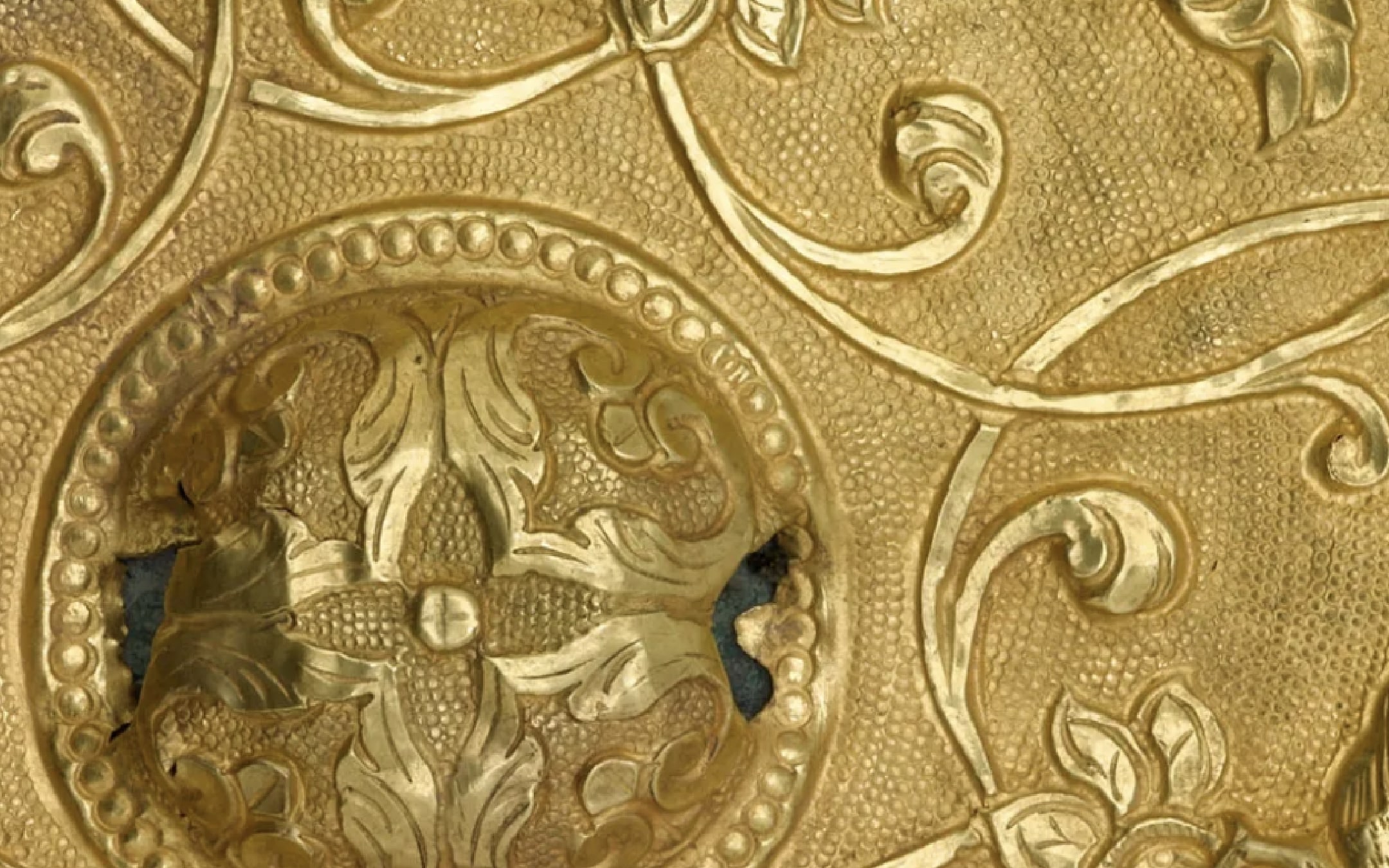Portrait of Yinli, Prince Guo (1697-1738)

Terms of Use
Usage Conditions ApplyAt A Glance
-
Period
1731 -
Geography
China -
Material
Ink and color on silk -
Dimension
H x W (image): 158.8 x 88.9 cm (62 1/2 x 35 in) -
Accession Number
S1991.95 -
EDAN ID
edanmdm:fsg_S1991.95
Object Details
-
Artist
Probably by Mangguri (1672-1736) -
Sitter
Yunli (1697-1738) -
Label
Yinli, Prince Guo, is captured in an elegant, informal pose by Mangguri, a Qing dynasty (1644-1911) bannerman who enjoyed a successful career as an official and who was also known for his ability as a painter. Mangguri once had the great honor of being asked to paint a portrait of the Kangxi emperor (reigned 1662-1722).Prince Guo was apparently very fond of having his portrait painted, given the number of likenesses of him that survive, and Mangguri seems to have painted most of them. The prince commissioned images of himself that projected a self-image as an introspective man of scholarly erudition and refined sensibilities. The inscription on the painting is a poem written by the prince:Humbled that through my kinship to the throne,I was allotted a scepter in the prime of life,I shall hold fast to the Way of antiquity,And hope to preserve it without transgression.Availing himself of this fine white silk,That my figure may be transmitted on it,The painter was indeed a marvelous hand,Who erred in neither ugliness or beauty,What is stored within is displayed without,He has captured here my character as well.Refraining from any wanton extravagance,I shall follow in the footsteps of the former sages,And by the bright window, at my clean desk,Thrice replace the worn-out bindings on my books.(Translation by Stephen D. Allee) -
Provenance
To ca.1949Wu Laixi 吳賴熙 (d. ca.1949-1950) reportedly acquired from decedents of noble Chinese families [1]ca.1949 to 1959Wu Ping-Chung (dates unknown and Chinese characters for the name unknown) inherited ownership upon Wu Laixi's death around 1949 [2]1959 to 1985Richard G. Pritzlaff (1902-1997) by transfer of ownership from Wu Ping-Chung on June 15, 1959 [3]1985 to 1987H. Ross Perot (1930-2019) purchased from Richard G. Pritzlaff in 1985 [4]1987 to 1991Richard G. Pritzlaff purchased from H. Ross Perot in 1987 [5]From 1991The Arthur M. Sackler Gallery acquired through partial gift and partial purchase from Richard G. Pritzlaff in 1991 [6]Notes:[1] Wu Laixi 吳賴熙 (alternate romanization: Wu Lai-hsi) was an antiquities dealer who often sold high-quality, imperial goods sourced from Chinese nobles, among other sources. Active in the 1930s and 1940s, Wu Laixi purchased portraits in China, reportedly for his personal collection and for resale; he took great pride in his collection, labeling himself as the first collector of Chinese ancestor portraits.In 1937, Wu sold portraits to the American, Richard G. Pritzlaff, who was visiting China. Pritzlaff and Wu remained in touch. In the 1940s, Wu worried about his financial security and the fate of his collection in China, where war with Japan and domestic turmoil threatened the security of private art collections. Wu wrote to Pritzlaff, asking if he could send portraits in exchange for money to survive. Between 1940 and 1948, Wu sent three shipments of portraits and other art objects to Pritzlaff's ranch in New Mexico. Wu intended for Pritzlaff to sell the majority of the art objects he sent, however, Pritzlaff did not want to disperse the collection, so he sent as much money as he could to Wu and retained the art. Pritzlaff reported that he "thought of himself as the owner of some paintings but wanted to be only a temporary custodian of others" and intended for Wu to one day collect the entire collection. It remains unclear which portraits Pritzlaff believed he owned. See letters from Wu Laixi to Pritzlaff, September 4, 1940; June 27, 1941; June 17, 1947; and August 6, 1948, copies in accession file.[2] See note 1. Upon Wu's death, Pritzlaff contacted Wu's son, Wu Ping-Chung who lived in Taiwan; he declined to claim the collection but retained ownership rights until he transferred them to Pritzlaff in 1959. See the letter from Wu Ping-Chung addressed "To Whom it May Concern," June 15, 1959, witnessed by Major Thurman W. Oliver of the United States Army, copy in accession file. In the letter Wu declares, "I .... Hereby transfer, for remunerations received, my interest and rights inherited from my father, Mr. Wu Lai-hsi, deceased, in his collection of paintings, to Mr. Richard Pritzlaff of Sapello, New Mexico, U.S.A."[3] See note 2. Richard G. Pritzlaff was a collector of Chinese art and a rancher who initially raised cattle but then became a well-known breeder ofArabian horses. When studying landscape architecture at University of California at Berkeley and then at Harvard, he developed an interest in China. He traveled there in 1937 and began collecting Chinese objects. For Pritzlaff's account of how he acquired his collection, see letter addressed "Dear Sir" from Pritzlaff, October12, 1988, copy in accession file.[4] H. Ross Perot was an American business magnate, billionaire, philanthropist and politician. He ran for president in 1992 and 1996, establishing the Reform Party. In 1985, Perot visited Pritzlaff's ranch to inspect his Arabian horses. After the visit, Perot unexpectedly approached Pritzlaff, proposing to purchase the collection of Chinese ancestor portraits and construct a museum in Texas to house them. In 1987, when it became clear that Perot had decidednot to construct the museum, Pritzlaff bought back the collection. For specifics of this transaction, see letter from H. Ross Perot's daughter, Nancy P. Mulford to James Cahill, December 26, 1986 and September 11, 1987, copies in accession file. James Cahill (1926-2014), curator at Freer Gallery of Art from 1958--1965 and then faculty at University of California at Berkley, evaluated the collection when owned by Perot. For an account of Cahill's experiences, see http://jamescahill.info/the-writings-of-james-cahill/responses-a-reminiscences/167-45-my-day-with-ross-perotw.[5] See note 4.[6] For the deed of gift and purchase arrangement, see accession file. -
Collection
National Museum of Asian Art Collection -
Exhibition History
The Orchid in Chinese Painting (January 15 to July 17, 2011)Worshipping the Ancestors: Chinese Commemorative Portraits (June 17 to September 9, 2001)The Arts of China (November 18, 1990 to September 7, 2014) -
Previous custodian or owner
Richard G. Pritzlaff (1902-1997)H. Ross Perot (1930-2019)Wu Ping-ChungWu Laixi 吳賴熙 (died ca. 1950) -
Origin
China -
Credit Line
Purchase — Smithsonian Collections Acquisition Program and partial gift of Richard G. Pritzlaff -
Type
Painting -
Restrictions and Rights
Usage Conditions Apply
There are restrictions for re-using this media. For more information, visit the Smithsonian's Terms of Use page.
The information presented on this website may be revised and updated at any time as ongoing research progresses or as otherwise warranted. Pending any such revisions and updates, information on this site may be incomplete or inaccurate or may contain typographical errors. Neither the Smithsonian nor its regents, officers, employees, or agents make any representations about the accuracy, reliability, completeness, or timeliness of the information on the site. Use this site and the information provided on it subject to your own judgment. The National Museum of Asian Art welcomes information that would augment or clarify the ownership history of objects in their collections.
Keep Exploring
-
Related Resources
-
Date
-
Name
-
Place
-
Topic
-
Culture
-
Object Type

